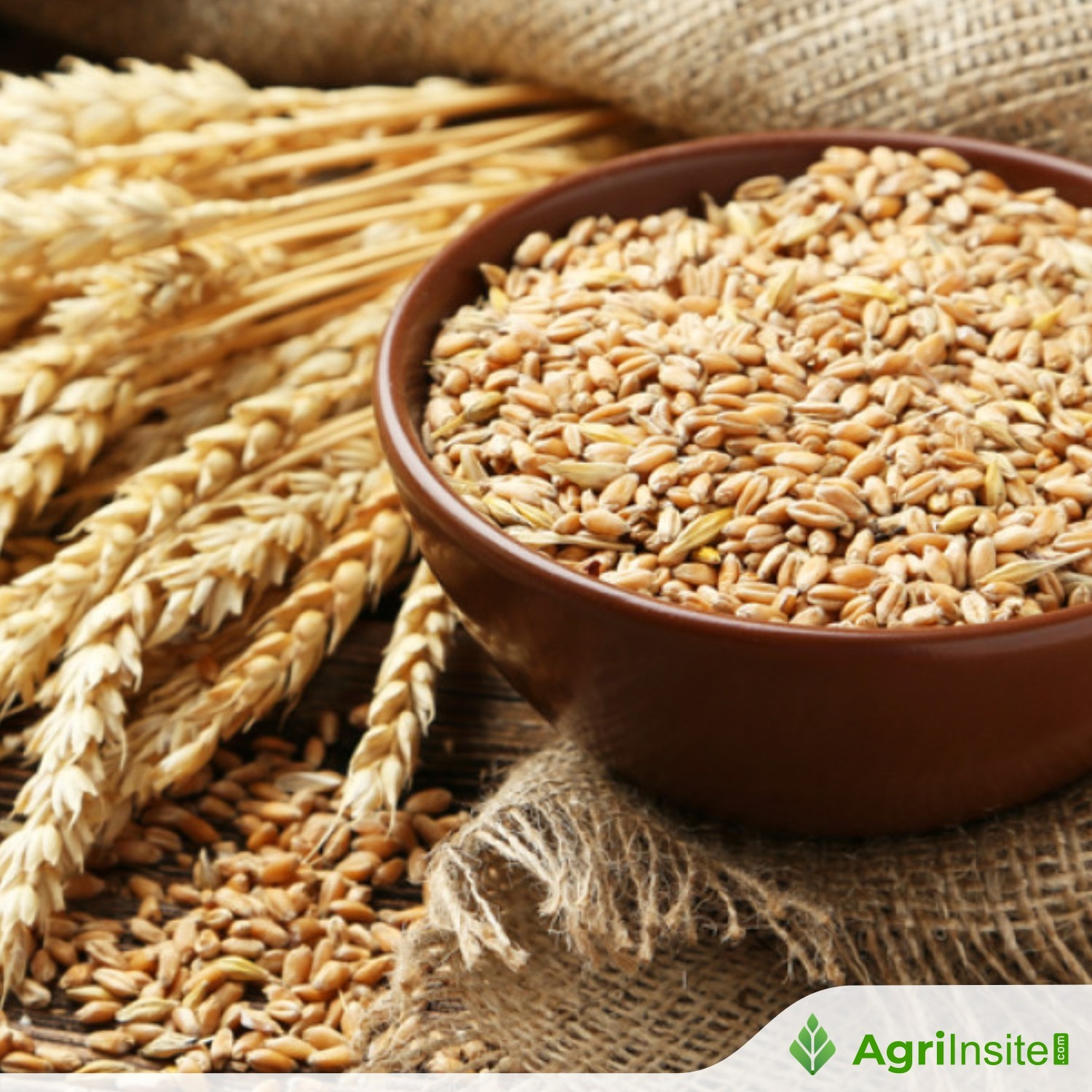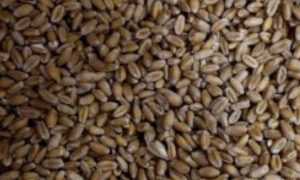Russian wheat export prices poised for further decline amid new harvest influx

Russian wheat exporters set early bids at 14,500 rubles/ton (\~\$184) in June, signaling the new season’s start. Prices dipped mid-July to \$167 before rising to \$186 in October. Export quotes recently fell to \$226–230/ton. SovEcon forecasts further declines amid harvest influx, lower FOB prices, and financially pressured farmers increasing sales to replenish working capital.
In June, Russian exporters initiated the bidding process for their new wheat crop, setting a price of 14,500 rubles per ton, SovEcon, a prominent analytical agency focusing on agricultural markets in the Black Sea region said.
This figure, when converted using the prevailing exchange rates at the time, translated to $184 per ton.
Wheat prices a year ago stood at 15,250 rubles per ton ($173/mt).
This early establishment of bids for the new harvest indicates the commencement of significant trading activities and provides an initial benchmark for the upcoming wheat season in the international market.
The price set by Russian exporters will likely influence global wheat prices and buying strategies, especially for countries reliant on Russian grain exports.
New crop prices
The agricultural markets in Russia experienced a notable downturn in new crop prices during the early to mid-July period of 2024.
This decline saw prices reaching a trough of 14,750 Russian rubles per ton, equivalent to approximately $167 per ton, according to SovEcon data.
This mid-summer dip can be attributed to a confluence of factors, potentially including favorable early harvest forecasts, an initial surge in supply hitting the market, and subdued demand signals at that specific time.
However, this bearish trend proved to be temporary.
From mid-July onwards and continuing through the remainder of the year, new crop prices embarked on a steady upward trajectory.
This recovery culminated in October, when prices peaked at 17,900 rubles per ton, or roughly $186 a ton, SovEcon said.
Export quotes
Meanwhile, Russian wheat export quotes experienced a slight decline last week, settling at an estimated $226–230 per ton, according to SovEcon.
This figure represented a modest decrease compared to prices observed a year prior, which ranged from $234–236 per ton.
Analysts are closely monitoring these shifts, as Russia remains a critical player in the international wheat trade, and its export volumes significantly influence global food commodity prices.
The slight dip in prices could be attributed to a number of factors, including potentially larger harvest forecasts, increased competition from other major wheat-producing nations, or shifts in international purchasing patterns.
In the immediate future, Russian wheat export quotations are anticipated to face downward pressure, SovEcon noted.
Export prices likely to remain lower
This expected decline in export prices is primarily attributed to two significant factors: the imminent arrival of the new harvest and a potential decrease in Free On Board (FOB) prices.
The influx of freshly harvested wheat into the market will naturally increase supply, which, in the absence of a corresponding surge in demand, typically leads to a reduction in prices.
Furthermore, any softening of FOB prices, which represent the cost of goods loaded onto a vessel at the port of origin, would directly translate to lower export costs and thus, lower selling prices.
SovEcon added:
The difficult financial situation may lead to more active selling by farmers who need to replenish working capital.
On the other hand, support could be bolstered by a potential reduction in the export tax, low stock levels, and unexceptional crop prospects in the southern region of Russia.
Additionally, current CPT (carriage paid to) prices already appear undervalued relative to prevailing FOB levels.
To Read more about Wheat News continue reading Agriinsite.com
Source : Invezz

















